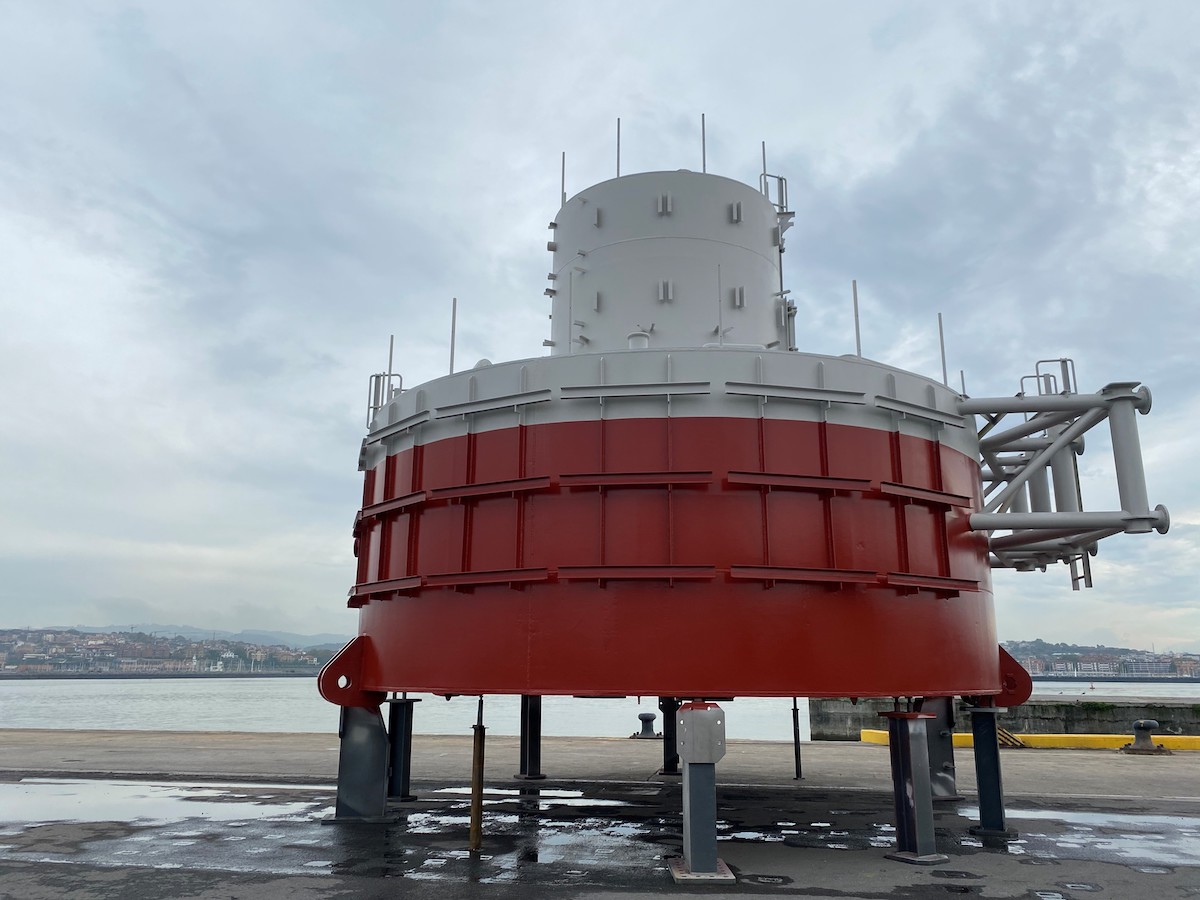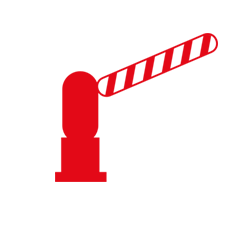The sea is an inexhaustible source of energy and other resources, but harnessing them in an environment as complex as the sea is a major challenge for companies. Since 2018, Basque companies have had the use of a platform-laboratory to test materials and solutions in a real offshore environment. This infrastructure was developed by the TECNALIA research and technology development centre, with the support of the Basque Government and of the Basque Energy Cluster.
Following the success of this offshore laboratory, known as HarshLab and located at the Biscay Marine Energy Platform (BiMEP), the research and technology development centre has developed a new and larger laboratory, unique in Europe, with improved performance and capabilities to undertake new tests and R&D activities to address the needs of offshore industries and to improve their competitiveness. The new platform will, for example, allow on-board equipment to be tested in operation and samples to be lowered to the seabed.
This new laboratory was officially unveiled today at the port of Bilbao in an event attended by the Basque Government Minister for Economic Development, Sustainability and the Environment, Arantxa Tapia; the President of TECNALIA, Alex Belaustegui; the CEO of TECNALIA, Jesús Valero; the General Manager of the Basque Energy Agency, Iñigo Ansola; the Director of the Energy Cluster, José Ignacio Hormaeche; and the President of the Port Authority of Bilbao, Ricardo Barkala.
A grid-connected laboratory
The launch of the first HarshLab in 2018 was a major breakthrough for the offshore industry in Europe. Since then, the platform-laboratory has provided a service to more than 20 companies, testing more than 500 specimens and samples related to new materials and solutions against corrosion, ageing and fouling (solid material sticking to and accumulating on elements underwater or in contact with seawater, such as algae, mussels and limpets, amongst others) in the marine environment.
Like its predecessor, this new version, due to be launched in the coming weeks, will enable trials and tests of new materials and developments for the offshore industry to be conducted in a real environment and under controlled conditions. As a new feature, the platform-laboratory will be grid-connected through an umbilical cable connected to BiMEP’s subsea cable network, thereby enabling data to be gathered and subsequently analysed. This connection provides HarshLab with the potential to test equipment under operation on board.

Additionally, the platform has been equipped with various on-board systems, including a hydraulic crane, an external boom and internal hoists, to improve its heavy-load handling capacity.
The new laboratory is 8.5 metres in diameter and 7 metres high, which gives it a greater testing capacity. Furthermore, thanks to the improved features of this new version, it will also be possible to carry out tests on mooring elements, or on the seabed itself, at depths of up to 65 metres. It also has its own weather station and an underwater ROV (Remotely Operated Vehicle) for remote inspection.
In short, this laboratory will make it possible to evaluate what happens to materials, components and equipment when they are submerged under water, in the atmospheric zone (above the water), in what is known as the splash zone (where the wave breaks) and on the seabed. To date, this information has been obtained from laboratory tests, but the results cannot always be extrapolated to what actually happens when the equipment is in use at sea. Now, companies will be in a position to reliably predict how the different systems to be used at sea are going to behave, for R&D of new solutions and technologies for the offshore industry, all of which impacts the safety of these systems and extends their life cycle.

 Port access
Port access